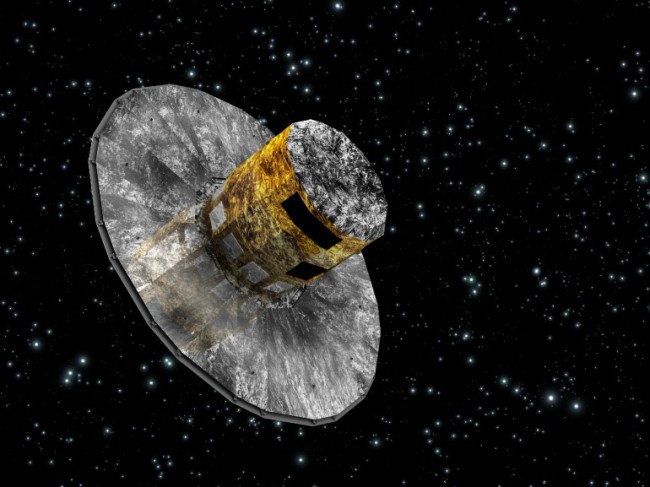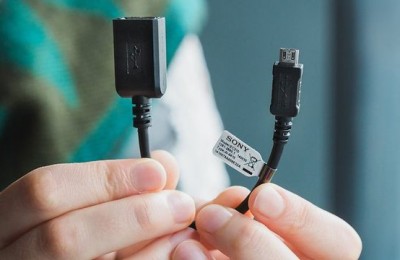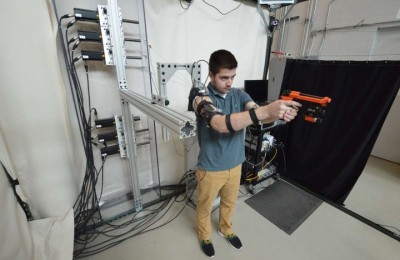Last week (December 19) The European Space Agency (ESA) launched the Space Telescope Gaia (Global Astrometric Interferometer for Astrophysics), which over the next five years with an enviable regularity will recheck coordinates billions of stars in order to build the most detailed to date, three-dimensional map of the galaxy Milky Way.
It should be noted that the satellite went into space on a Russian rocket “Soyuz-ST-B” with the upper stage “Fregat-MT”, and start was made with the ESA spaceport Kourou, French Guiana. According to the ESA, all went according to plan: 118 seconds since the start of secession of the four stages of the launch vehicle “Soyuz-ST-B”, 220 seconds to reset the containment Gaia, 42 minutes to separate the third stage booster “Fregat-MT” and already in the 88th minute the machine managed to get into orbit, where it began the deployment of protection from the sun with a diameter of 10.5 m, resembling an umbrella. Currently Gaia is at an early stage of the mission – the spacecraft is sent to such a Lissajous orbit around the L2 Lagrange point of the Earth-Sun, which is at a distance of 1.5 million km from Earth. It will take about a month.
After arriving at the specified location in space Gaia space telescope will be on board to prepare equipment for operation, which will take about 6 months. That telescope on board scientific instruments for a long period of time will measure the position, direction and speed of the billions of stars. Moreover, Gaia will also be sent to Earth luminance information, the surface temperature and the composition of these stars.
In addition to the stars in the telescope main tasks included the study of asteroids and comets traveling expanses of the solar system, and also search for extrasolar planets, red dwarfs, supernovae and quasars. All this is possible thanks to being on board the “biggest digital camera” with a resolution of 1 billion pixels ever sent into space. Her the strength to do 40 million images of objects from which the radiation occurs in one million times weakening of light visible to the naked eye during the day. ESA is estimated that by the end of the mission the amount of data collected by Gaia, will be more than 1 PB, which is equivalent to the information recorded on the disc 200 thousand DVD.
Finally it is worth noting that the original launch was scheduled for November 20, but due to a problem is detected with the TRD X-band launch had to be postponed.
Read another very interesting article about alternative energy of the Sun, water and air.





